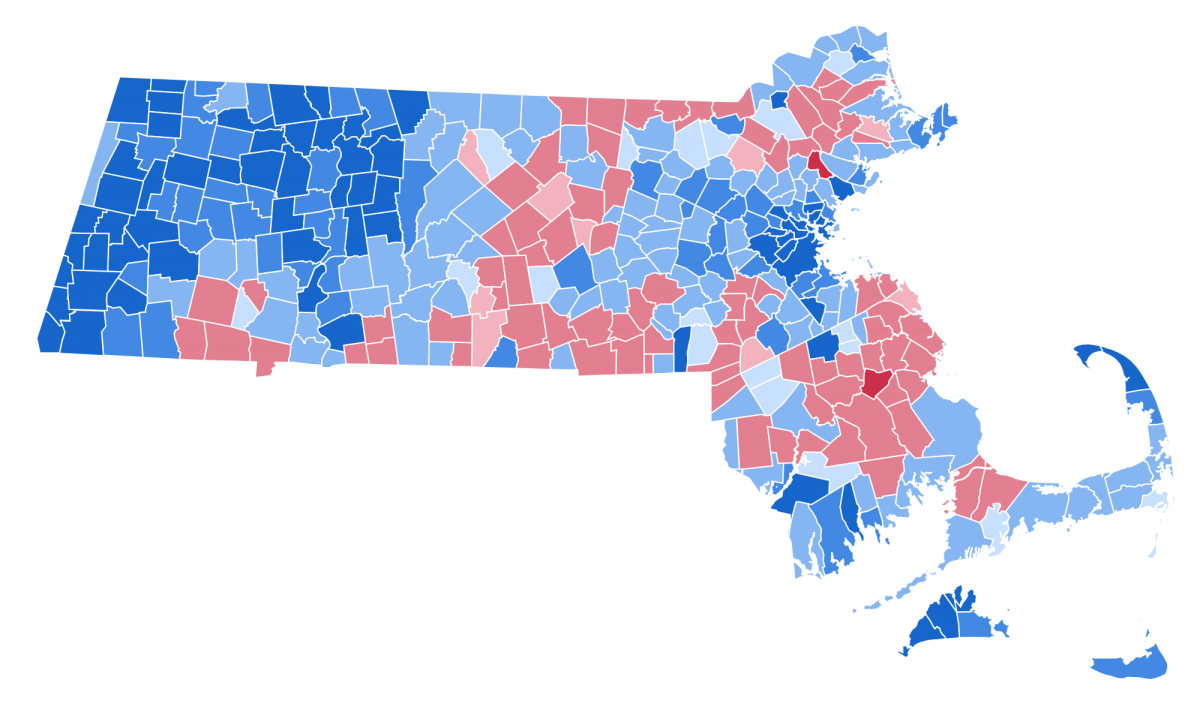Massachusetts to Adopt UL 1741 SA for Advanced Inverter Functionality

This post was written by Josh Weiner, Solar Expert Witness & Solar Engineering Expert. Mr. Weiner has been at the forefront of the solar energy industry for over 20 years and is an industry leader on solar-plus-storage engineering & design. Josh’s expertise spans both in-front of and behind-the-meter initiatives including residential, commercial, utility, grid-scale, and ev charging solar and storage applications. The following blog post was contributed by CivicSolar’s Conor Walsh, Senior Account Manager at CivicSolar.
***
This article is a follow-up to a previous Civic Solar article discussing UL 1741 & Rule 21: Advanced Inverter Tests. We suggest you start with that article first.
Seemingly discontent to be left out of the advanced inverter functionality game, ISO New England (ISO-NE) recently announced new requirements for interconnected PV inverters in Massachusetts. Similar to California’s Rule 21, the new ISO-NE settings requirements are designed to maintain grid stability and resilience during both normal and abnormal operating conditions in the presence of a large volume of interconnected dynamic PV systems.
To achieve this mandate ISO-NE has promulgated a set of inverter ride-through requirements to be manually adjusted on UL 1741 SA inverters that specify voltage and frequency trip settings and ride-through capability described in the ISO-NE Inverter Source Requirement Document. Implementation of these setting requirements vary by system size:
- < 100kW: All inverter-based solar PV projects 100kW or less with applications submitted on or after June 1, 2018 are subject to ISO-NE Ride-through Requirements.
- > 100kW: All inverter-based solar PV projects greater than 100KW with applications submitted on or after March 1, 2018 are subject to ISO-NE Ride-through Requirements.
- Inverter-based solar PV projects with applications submitted prior to the above dates are encouraged to comply with ISO-NE Ride-through Requirements with the approval of the interconnecting utility.
Don’t fret. ISO-NE is actively engaging inverter manufacturers to ship units with a pre-programmed NE Regional Setting Group, that when selected, defaults to the required setting described in the ISO-NE Inverter Source Requirement Document.
What does this mean for your next PV project in the Commonwealth? First, be sure you are purchasing and installing UL 1741 SA compliant inverters. Below is a short list of compliant manufacturers. Secondly, begin to become comfortable with the ins-and-outs of the new setting requirements and how they are made. It may be several months until a default setting is available.
- Enphase
- Fronius
- SMA
- SolarEdge
- Yaskawa – Solectria
For additional readings, please see below:
- What is UL 1741 SA Advanced Inverter Testing and Rule 21?, UL Laboratories, 2016
- 2018 Regional Electricty Outlook, ISO New England, 2018
SepiSolar Editor’s note: While UL 1741 SA is a great standard that allows “smart” inverters to work dynamically with the utility grid, SepiSolar is excited about further developments in firmware architecture beyond UL 1741 SA. For instance, with upcoming new solar PV + storage systems, inverter firmware can be modified to allow PV to continue to stay on, beyond the sunset, or in spite of grid instability, without requiring ramping down the real power export of PV. Stay tuned.
If you’d like to contribute your thoughts about solar or storage design, engineering, codes, and standards, please send your articles to blogs@sepisolar.com.


